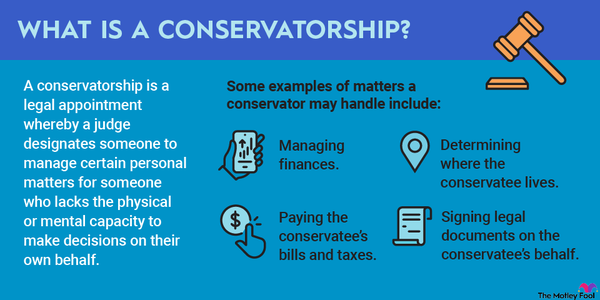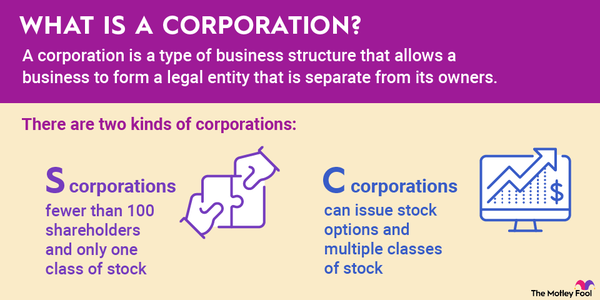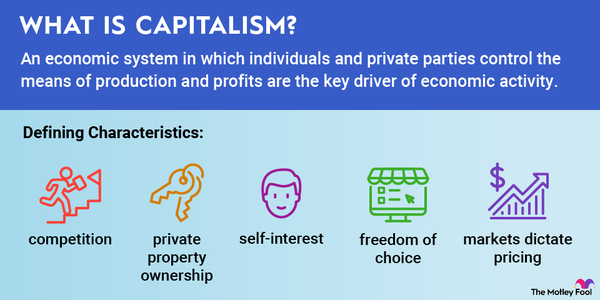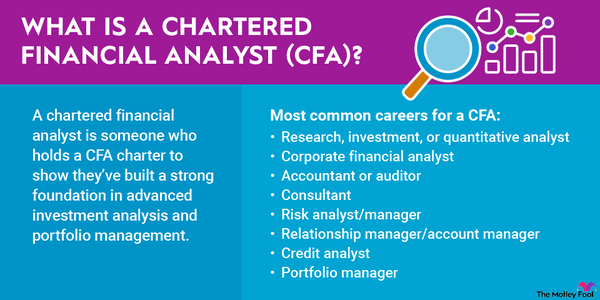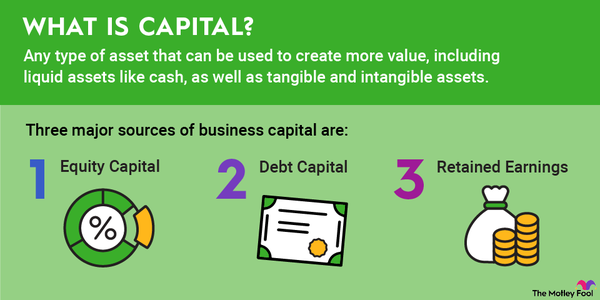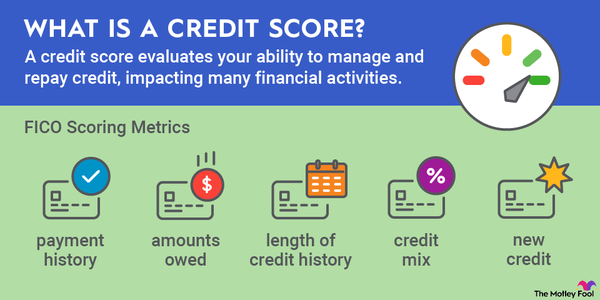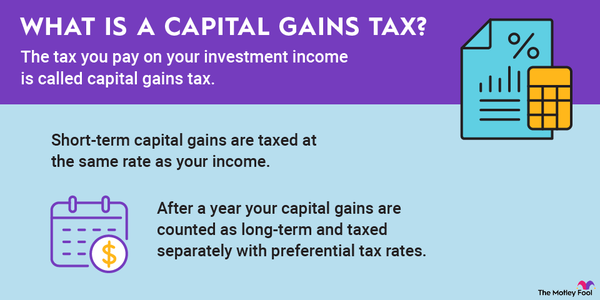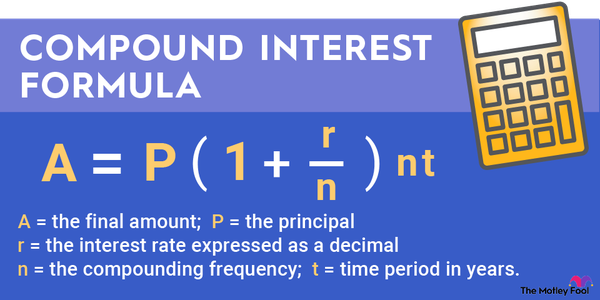The correlation coefficient is one of the most important concepts in statistical analysis, and it’s one that can be highly useful to investors.
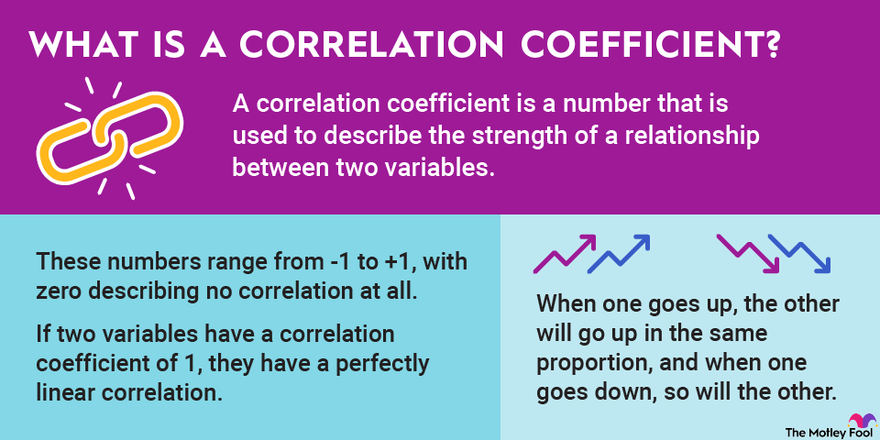
You’ve probably noticed certain things that have a clear relationship with one another. For example, the amount of gasoline your car uses increases along with the number of miles you drive. Or, if a restaurant increases its prices, people will eat there less often.
These are simplified examples of a core statistical concept known as correlation. In simple terms, correlation describes the strength of a relationship between two variables. We can express correlation using a number known as the correlation coefficient, which can have several different applications in investing.
What is a correlation coefficient?
What is a correlation coefficient?
A correlation coefficient is a number that is used to describe the strength of a relationship between two variables. These numbers range from -1 to +1, with zero describing no correlation at all. If two variables have a correlation coefficient of 1, they have a perfectly linear correlation. That means when one goes up, the other will go up in the same proportion, and when one goes down, so will the other.
Conversely, a correlation coefficient of -1 implies a perfectly negative correlation, meaning the two variables will always move in the opposite direction in the same proportions.
In the real world, most variables don’t have a perfect correlation, so the correlation coefficient will fall somewhere in the middle of the range. Height and weight are a good example of two variables that are definitely correlated but don’t have a perfect linear correlation. In other words, the taller a person is, the heavier they are likely to be, but it isn’t a perfect relationship. Someone who is 5’10” can certainly be heavier than someone who is 5’11”.
Different versions
Different versions of the correlation coefficient
There are several different variations of the correlation coefficient, but the Pearson coefficient is the most commonly used. The Pearson coefficient measures the strength of linear correlations between two variables, but it is possible for two variables to have a nonlinear correlation as well.
We’ll spare you the mathematics behind how correlation coefficients are calculated, but the general takeaway is the closer to zero a correlation coefficient is, the weaker the correlation between the two variables. And the closer to 1 or -1 it is, the stronger the correlation.
Why does it matter to investors?
Why does it matter to investors?
There are several reasons correlation coefficients can be meaningful to investors. Portfolio diversification is one reason. Financial advisors might check to see if an investor’s portfolio is filled with investments whose performance is closely correlated, and, if there is too much correlation, they might take steps to diversify.
There’s also a popular investing metric known as beta that is a close cousin of the correlation coefficient since it expresses how volatile a stock’s performance is compared with the S&P 500 benchmark index. For example, a beta of 1 means that if the S&P 500 rises by 1%, the stock can be expected to rise by the same amount. On the other hand, a beta of 2 implies that a stock is twice as reactive to market movements.
Beta
Related investing topics
Example
Example of using correlation coefficients
Let’s say that you own three stocks, which we’ll call Company A, Company B, and Company C. All three are growth stocks in the technology space. Company A and Company B have price movements that have a correlation coefficient of 0.95, indicating a very strong correlation. Companies B and C have a correlation of 0.92, and Companies A and C have a correlation of 0.93 with one another.
The problem is that when one of these stocks performs poorly, it’s highly probable that the other two will do the same. So you may look to diversify by adding a stock with a low, or even a negative, correlation with your other investments in order to help offset the risk involved with your entire portfolio moving in the same direction.







